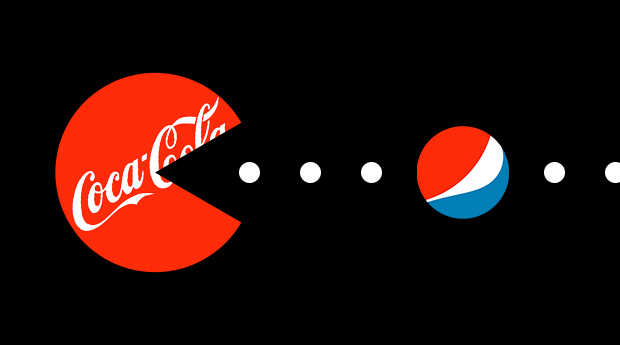The Age of Free Data: 10 Great Tools for PPC Research & Benchmarking

When I first started in Paid Media at Nebo, the digital industry was as fresh as I was out of college. The opportunity and potential was thrilling, but came with a set of challenges that many undefined industries face: lack of historical user data.
Many times I’d feverishly sort through dozens of market research previews and summaries from huge research firms, hoping that the one I eventually picked (and convinced Nebo to pay for) would offer some insight into online behaviors.
More often than not, I’d reach the end of a report with a solid understanding of how affluent males ages 24-45 make offline decisions about buying a luxury car, for example, but nothing of how these users engage with online mediums throughout their buyer journey.
Today, however, the data we need to help guide our digital strategies is more widely available than ever. We still have the option of buying comprehensive data packages from mega researchers, but are also dozens of amazing free tools available that help us get insight into how people are searching online, how they’re interacting with brands, and what the modern buyer journey looks like.
Love and Media Relations: PR Lessons from an Online Dater

Media relations horror stories are everywhere. Even the simple act of sending an email has inspired PR urban legends. There’s the firm that sent out a mass message addressed “Dear Blogger.” There’s the agency that made a data entry error in a mail merge and got the names of hundreds of media contacts mixed up. I’ve even heard about someone blatantly CCing several writers at several different channels on the same pitch.
Hearing these media relations nightmares, I’m struck by how similar they are to my own horrifying experiences as an online dater. There’s the guy who greeted me with “Hey Pumpkin.” There’s the other guy who asked if my job in social media was “doing Twitter and stuff.” And then there was the time I got the same message from two men in one week: “I wanted to let you know I’ve already married and divorced you in my mind…” (Turns out this bizarre pseudo-proposal was a popular approach at the time.)
How a Brand Rivalry Helped Soda Take Over the World

Twenty cents.
That’s how much actual product is contained in a 20oz soda. About twelve to fifteen cents worth of syrup, a few ice cubes, water, and a burst of carbonation. Depending on whether you’re drinking out of a glass at a restaurant or a paper cup from a fast food joint, the actual price can fall anywhere from fifteen cents to a quarter.
When I first learned this, I was infuriated. A 20oz bottle of soda costs about two dollars at a gas station. A fountain soda to go with your meal-deal runs somewhere in the dollar-and-change range, while a cola at a sit down restaurant can run you as much as three bucks. We’re talking about a markup of anywhere from 300-600%! With these kinds of margins, soda is easily one of the most profitable food and beverage goods on the planet.
The Best of Us

People have argued for centuries whether humans are innately good or evil. Recently, psychology and neuroscience have helped us gain new insights into how we think, but the argument remains.
What we do know is that life can be tough. Life can be complicated. Many times we don’t make the best decisions. Too often we see people acting selfish, petty, and shortsighted.
However, I think that when you look at people in the midst of hardship and tragedy, you start to see how much good each of us really has to offer. Because when people really need help, we always pitch in.
How Wikipedia Gets User-Generated Content Right

It wasn’t that long ago that Wikipedia was nothing more than a punch line. A fun place to poke around for fifteen minutes, maybe, but not a place for serious learners to spend any considerable amount of time. You couldn’t cite it in your school papers, or even mention that you glanced at it. You couldn’t quote it during intellectual debates, lest you risk being mocked. Acknowledging you learned something from Wikipedia was kind of like recognizing the Don Henley song “Boys of Summer” because you loved The Ataris’ version. The whole premise of Wikipedia reeked of amateurism.
Rabushka's Rules: YouTube Etiquette

Online videos have completely transformed the way brands engage. Chances are you’ve heard Nebo talk a lot about the importance of storytelling. Well, YouTube is brand storytelling heaven. Companies have the ability to build and share powerful narratives in the form of videos to reach a desired business goal or benefit causes they’re passionate about. Video enables brands to reach users on a level deeper than any other platform allows.
Because video content tends to have a greater emotional impact than the written word, or even photos and infographics, brands have a unique opportunity to use YouTube to quickly build awareness and connect users with purpose and passion. Videos can inspire a community to take action against a conflict in the market. Videos can build engagement and provoke change faster and wider than any other social platform. Videos generate loyalty and lifelong fans of everything you share and everything you represent.